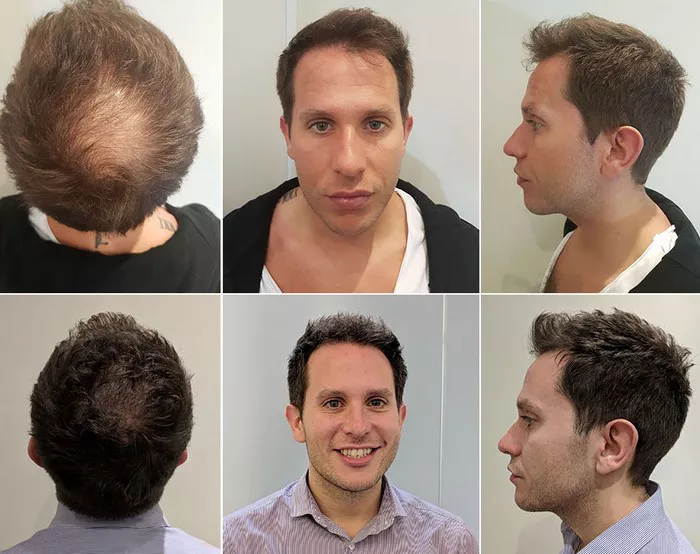In the world of hair transplantation, one of the most common questions that patients have is, “How long until hair transplant grafts secure?” Understanding the timeline and factors that influence the graft securing process is crucial for individuals seeking to regain their natural hairline. In this detailed guide, we will explore this topic, covering the various stages of graft securing and providing valuable insights for those considering or recovering from a hair transplant procedure.
1. The Initial Stages of Graft Placement
a. Surgical Precision: Hair transplant surgery is a meticulous process where grafts are carefully harvested and placed into the recipient area. The initial securing of grafts occurs during the surgical procedure itself. Tiny incisions are made in the recipient site, and grafts are inserted into these openings.
b. Immediate Aftercare: Once the grafts are in place, the medical team will take measures to ensure their initial security. This includes bandaging and post-operative instructions to prevent dislodging during the first few days.
2. The First Few Days Post-Procedure
a. Graft Securing: The initial securing process continues during the first few days after the hair transplant. The grafts are held in place by clotting and the surrounding tissues, ensuring that they don’t shift or dislodge.
b. Be Gentle: Patients are advised to be extremely gentle when handling the recipient area during this time. Any excessive friction or pressure could potentially dislodge grafts.
3. The Healing and Scabbing Phase
a. Scab Formation: Within the first week or so after the procedure, scabs begin to form around the grafts. This is a natural part of the healing process. The scabs act as a protective barrier for the grafts, shielding them from external forces.
b. Avoid Picking: It’s crucial to resist the urge to pick at or scratch the scabs. Doing so can damage the grafts and prolong the healing process.
4. The Transition Period
a. Graft Shedding: It’s common for the newly transplanted hairs to shed within the first few weeks. This is a temporary phase known as “shock loss.” While it may be disheartening, it’s a normal part of the process.
b. Rest and Recovery: Patients should focus on rest and recovery during this period. The grafts are securely in place underneath the scalp, and their roots are protected.
5. The Graft Growth Phase
a. New Hair Growth: After the initial healing period, new hair growth will gradually become visible. It usually begins within the first three to four months. This is a promising sign, as it indicates that the grafts are securely in place and actively growing.
b. Steady Progress: Hair continues to grow and thicken over the months, with full results becoming apparent around 12 to 18 months post-procedure.
6. Factors Influencing Graft Securing and Growth
a. Individual Variability: The rate of graft securing and hair growth can vary among individuals. Factors like genetics, overall health, and lifestyle choices can influence the timeline.
b. Quality of Care: The skill of the surgeon, the technique used, and the post-operative care provided play a significant role in graft securing and growth. High-quality procedures and proper aftercare enhance the likelihood of successful outcomes.
c. Patience is Key: It’s essential to be patient and allow the natural hair growth process to unfold. Rushing the process can lead to complications and hinder the final results.
See Also: Using Rogaine After a Hair Transplant: Timing & Benefits
In Conclusion
The question, “How long until hair transplant grafts secure?” is a valid concern for those considering or recovering from a hair transplant procedure. Understanding the stages of graft securing and the factors that influence them is essential for realistic expectations and a successful outcome.
Individual factors, quality of care, and patience all play crucial roles in the graft securing and growth process. By following post-operative instructions and being patient, individuals can look forward to the full, natural results of their hair transplant.


